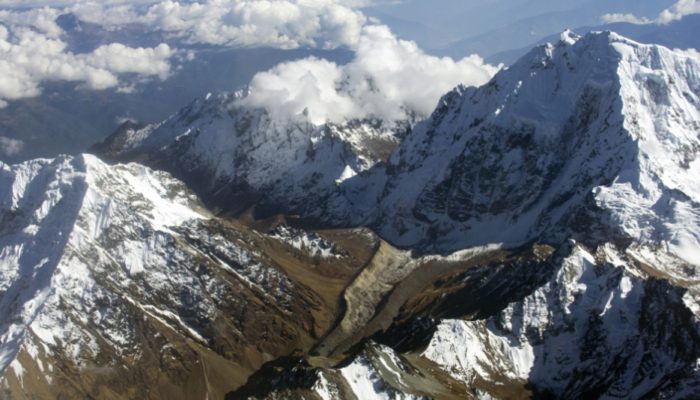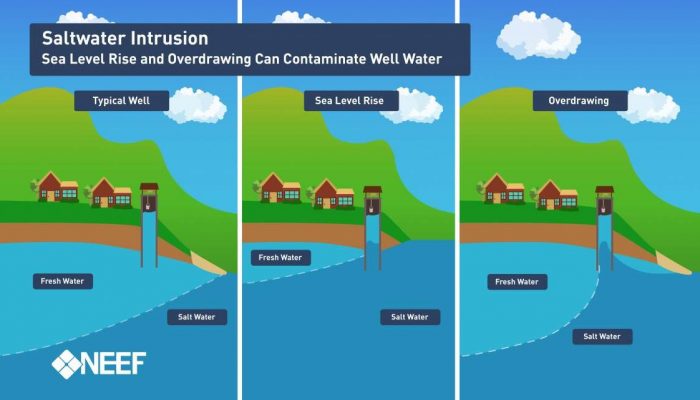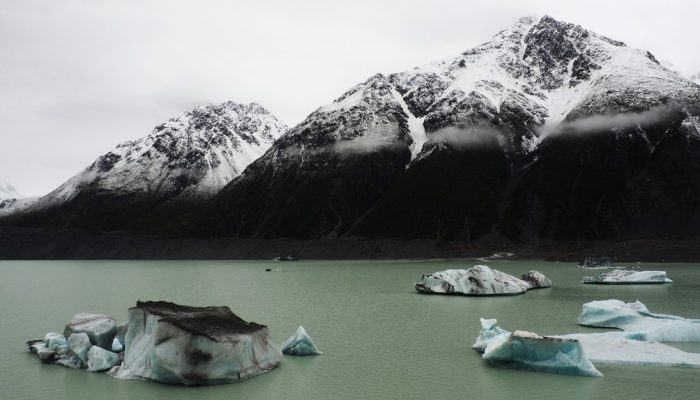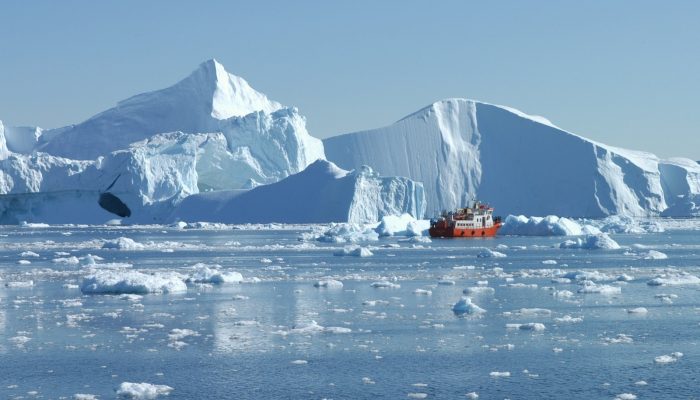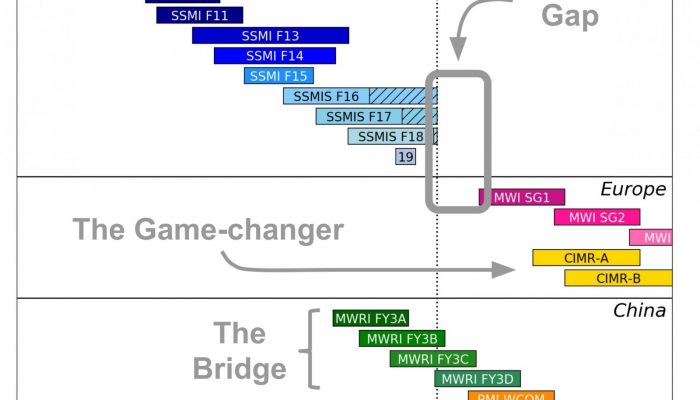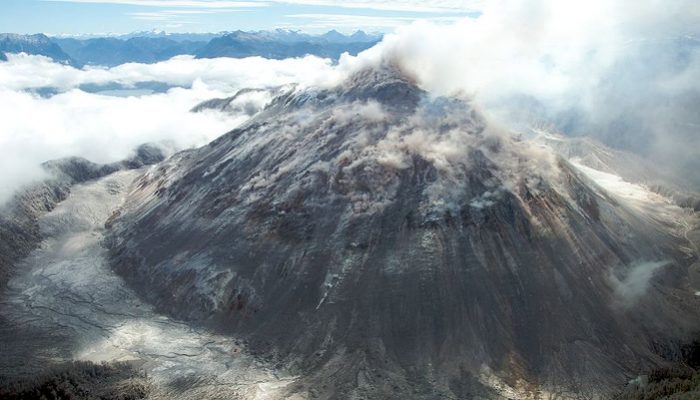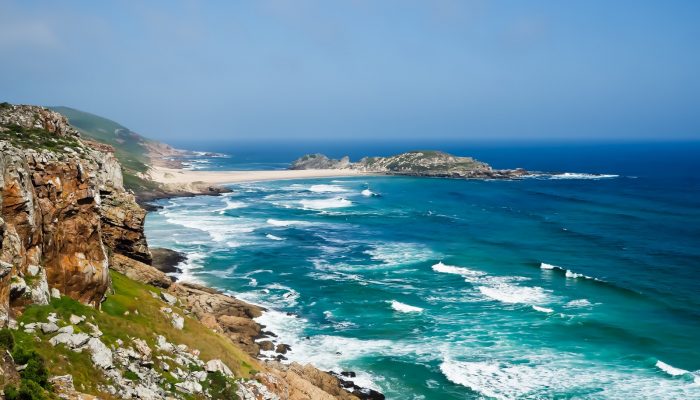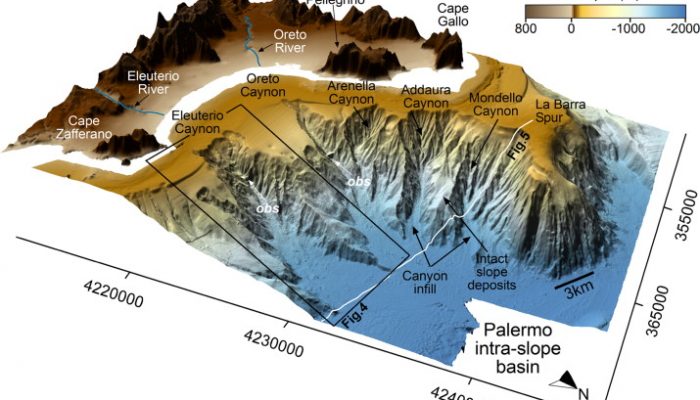Name of proxy Fluctuations of mountain glaciers Type of record Geomorphological features Paleoenvironment Continent – High mountain areas Period of time investigated From historical periods (c.a. 300 years ago) to the end of the Pleistocene (up to 200 000 years back in time) How does it work? Mountain – or “alpine” – glaciers are small ice bodies (from 1 to 10 000 km2). Alt ...[Read More]
GeoLog
Last chance to enter the EGU Photo Contest 2018!
If you are pre-registered for the 2018 General Assembly (Vienna, 8 -13 April), you can take part in our annual photo competition! Winners receive a free registration to next year’s General Assembly! But hurry, there are only a few days left to enter! Every year we hold a photo competition and exhibit in association with our open access image repository, Imaggeo, and our annual General Assembly. Th ...[Read More]
Geology for Global Development
Saltwater intrusion: causes, impacts and mitigation
In many countries, access to clean and safe to drink water is often taken for granted: the simple act of turning a tap gives us access to a precious resource. In today’s post,Bárbara Zambelli Azevedo, discusses how over population of coastal areas and a changing climate is putting ready access to freshwater supplies under threat. Water is always moving downwards, finding its way until it ge ...[Read More]
GeoLog
Imaggeo on Mondays: Tasman Lake Down Under
The Tasman Glacier Terminal Lake, seen in this photograph, lies in the Aoraki Mount Cook National Park in New Zealand’s south island. The photographer, Martina Ulvrova, stated she “finally got to see the largest glacier in New Zealand after several days of heavy rain, during which the landscape was bathing in mist”. The Tasman Glacier is 23 km long and is surrounded by a terminal proglacial lake w ...[Read More]
GeoLog
Geosciences Column: How fast are Greenland’s glaciers melting into the sea?
The Greenland ice sheet is undergoing rapid change, and nowhere more so than at its margins, where large outlet glaciers reach sea level. Because these glaciers are fed by very large reservoirs of ice, they don’t just flow to the coast, but can extend many kilometres out into the ocean. Here, the ice – being lighter than water – will float, but remain connected to the ice on the mainland. This phe ...[Read More]
Cryospheric Sciences
Image of the Week – The Gap, the Bridge, and the Game-changer
The Gap, the Bridge, and the Game-changer are three series of satellites. They carry instruments that measure the microwave radiation emitted by the Earth (called passive microwave instruments), while flying 800 km above our heads at 7,5 km/s. Since the late 1970s, most sea ice properties (concentration, extent, area, velocity, age and more!) have been measured with such passive microwave instrume ...[Read More]
GeoLog
Migrating scientists
Scientific research is no doubt enriched by interdisciplinarity and collaborations which cross borders. This, combined with the scarcity of academic positions and the need to further ones horizons by experiencing varied research environments, leads many scientists to relocate (if only on a short term basis) to a country which is not their own. In today’s post, freelance science writer Rober ...[Read More]
Geochemistry, Mineralogy, Petrology & Volcanology
Building a lava dome: one block at a time
Lava domes form when lava is extruded from a volcanic vent, but is too viscous to flow far away. Think of thick treacle that does not flow as easily as runny honey, and so when it is extruded, it forms a “lava pile” around the vent. Lava domes commonly form within the crater of a larger volcano (e.g. Mt. St. Helens), but can also stand alone or form part of a “dome complex”. A lava dome can take o ...[Read More]
GeoLog
Imaggeo on Mondays: Robberg Peninsula – a home of seals
This picture is taken from the Robberg Peninsula, one of the most beautiful places, and definitely one of my favorite places in South Africa. The Peninsula forms the Robberg Nature Reserve and is situated close to the Plettenberg Bay on the picturesque Garden Route. “Rob” in Dutch means “seal”, so the name of the Peninsula is translated as “the seal mountain”. T ...[Read More]
Natural Hazards
“Twenty or more Leagues Under the Sea”: A journey to understand submarine canyons
As NhET, we have the pleasure to have Mauro Agate as our guest and interviewee today. We discuss about submarine canyons and related geo-hazards. Further details will be available at: http://www.sciencedirect.com/science/article/pii/S0967064513002488 for a scientific-oriented audience; or https://www.youtube.com/channel/UCwWErQNoZYpJhhkxPa82x5g for a broader audience. Dr. Mauro Agate is a ...[Read More]

